I'm using the python code for separation of foreground from background image explained here https://stackoverflow.com/a/31627979/3490988.
Running this code:
def get_holes(image, thresh):
gray = cv.cvtColor(image, cv.COLOR_BGR2GRAY)
im_bw = cv.threshold(gray, thresh, 255, cv.THRESH_BINARY)[1]
im_bw_inv = cv.bitwise_not(im_bw)
contour, _ = cv.findContours(im_bw_inv, cv.RETR_CCOMP, cv.CHAIN_APPROX_SIMPLE)
for cnt in contour:
cv.drawContours(im_bw_inv, [cnt], 0, 255, -1)
nt = cv.bitwise_not(im_bw)
im_bw_inv = cv.bitwise_or(im_bw_inv, nt)
return im_bw_inv
def remove_background(image, thresh, scale_factor=.25, kernel_range=range(1, 15), border=None):
border = border or kernel_range[-1]
holes = get_holes(image, thresh)
small = cv.resize(holes, None, fx=scale_factor, fy=scale_factor)
bordered = cv.copyMakeBorder(small, border, border, border, border, cv.BORDER_CONSTANT)
for i in kernel_range:
kernel = cv.getStructuringElement(cv.MORPH_ELLIPSE, (2*i+1, 2*i+1))
bordered = cv.morphologyEx(bordered, cv.MORPH_CLOSE, kernel)
unbordered = bordered[border: -border, border: -border]
mask = cv.resize(unbordered, (image.shape[1], image.shape[0]))
fg = cv.bitwise_and(image, image, mask=mask)
return fg
img = cv.imread('koAl2.jpg')
nb_img = remove_background(img, 230)
will result in this image:
In the above image, how can I efficiently extract 10000 random patches(possibly overlapping) of size 64x64 from the foreground such that at most 10% of the pixels in each patch are black?

